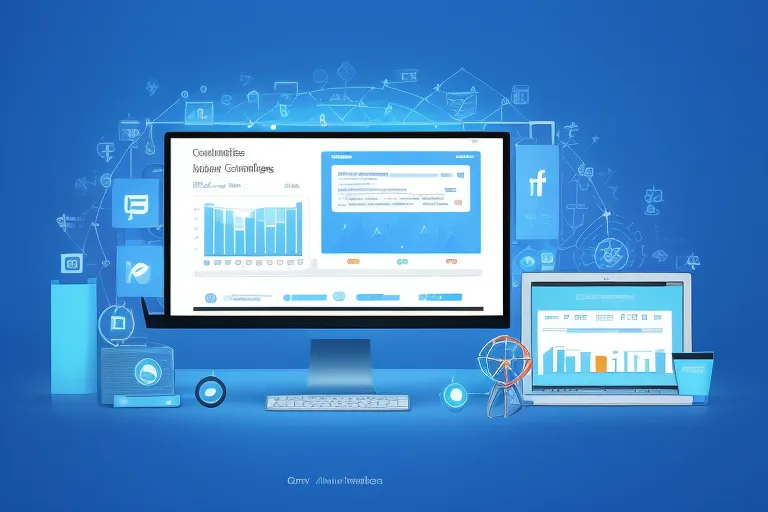

Believe in your vision, and let your passion fuel your journey to success
is an insightful article that provides essential strategies and practical advice for startups to effectively market their businesses. It delves into innovative marketing techniques, the importance of understanding your target audience, and leveraging digital tools to gain a competitive edge. The article emphasizes the need for creativity, adaptability, and strategic planning in navigating the challenges of marketing a new venture.
1. Understanding the Basics of Startup Marketing:
2. Entrepreneurship:
3. Networking and Building Relationships:
4- Leveraging Social Media for Brand Growth
Introduction:
In today’s rapidly changing world, launching a startup is a venture fraught with both risks and rewards. To succeed in this field, it’s not enough to have an innovative idea or a revolutionary product; it also requires effective marketing strategies to attract customers and build a strong brand.
1. Understanding the Basics of Startup Marketing:
Startup marketing differs from traditional marketing in several ways, the most important of which are:
Success is not about luck; it’s about relentless hard work, determination, and a never-give-up attitude
2. Entrepreneurship:
3. Networking and Building Relationships:
4- Leveraging Social Media for Brand Growth
In the dynamic landscape of online marketing, social media has emerged as a powerful tool for brand growth, offering unique opportunities to build awareness and drive engagement. Each major platform—Facebook, Instagram, Twitter, LinkedIn, and TikTok—provides distinct features and advantages that can be harnessed effectively.
Facebook, with its extensive user base and sophisticated ad targeting capabilities, is ideal for reaching diverse demographics. Brands can create detailed profiles, share multimedia content, and engage with followers through comments and messages. Facebook’s algorithm also favors engaging content, making it crucial to post regularly and interact with users to maintain visibility.
Instagram, known for its visual-centric approach, is perfect for brands looking to showcase products through high-quality images and videos. Features like Stories, IGTV, and Reels offer creative ways to capture audience attention. Utilizing hashtags and collaborating with influencers can further amplify reach and engagement on this platform.
Twitter excels in real-time communication, making it a valuable platform for sharing updates, news, and engaging in conversations. Brands can use Twitter to build a voice, participate in trending topics, and respond promptly to customer inquiries. The use of hashtags and retweets can enhance content visibility and foster a community around the brand.
LinkedIn, the professional networking site, is essential for B2B marketing. It allows brands to share industry insights, company updates, and network with professionals. LinkedIn’s publishing platform is excellent for thought leadership, while its groups and messaging features enable targeted engagement with industry peers.
TikTok, with its explosion in popularity, offers a unique opportunity for brands to create viral content. Its short-form video format encourages creativity and authenticity, attracting a younger audience. Brands can leverage trends, challenges, and hashtags to increase visibility and drive engagement on TikTok.
Creating compelling content that resonates with audiences involves understanding the platform’s nuances and user preferences. It is essential to integrate storytelling, maintain a consistent brand voice, and use visuals effectively. Moreover, social listening and community management are critical in responding to audience feedback, addressing concerns, and fostering a loyal community.
Successful case studies highlight the potential of social media in driving brand growth. For instance, Nike’s use of Instagram to promote its campaigns through captivating visuals and influencer collaborations has significantly boosted its brand presence. Similarly, Wendy’s engagement on Twitter, with its witty and timely responses, has garnered a massive following and enhanced brand personality.
In conclusion, social media offers unparalleled opportunities for brands to grow by building awareness and engaging with audiences. By leveraging the unique features of each platform and employing strategic content creation and community management practices, brands can achieve significant growth in the realm of online marketing.
Conclusion:
By effectively implementing these strategies, startups can leverage the power of networking and build valuable relationships that contribute to their long-term success.
Startup marketing requires creativity, intelligence, and a sound strategy. By following the tips mentioned in this article, startups can increase their chances of success and achieve their business goals.
Every great achievement starts with the decision to try. Keep pushing forward